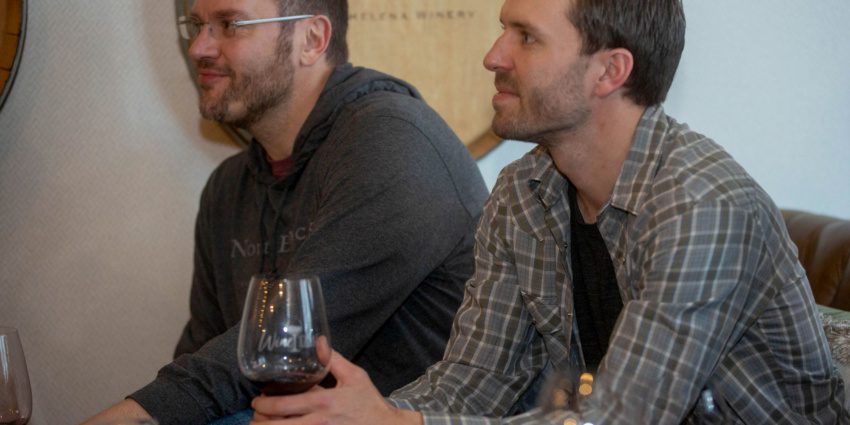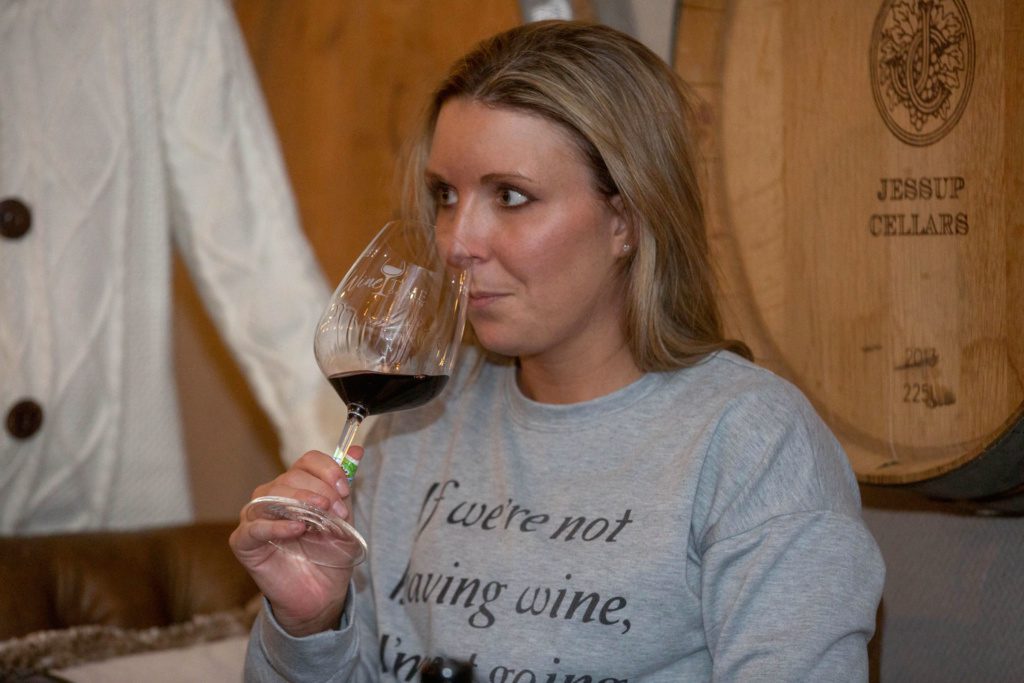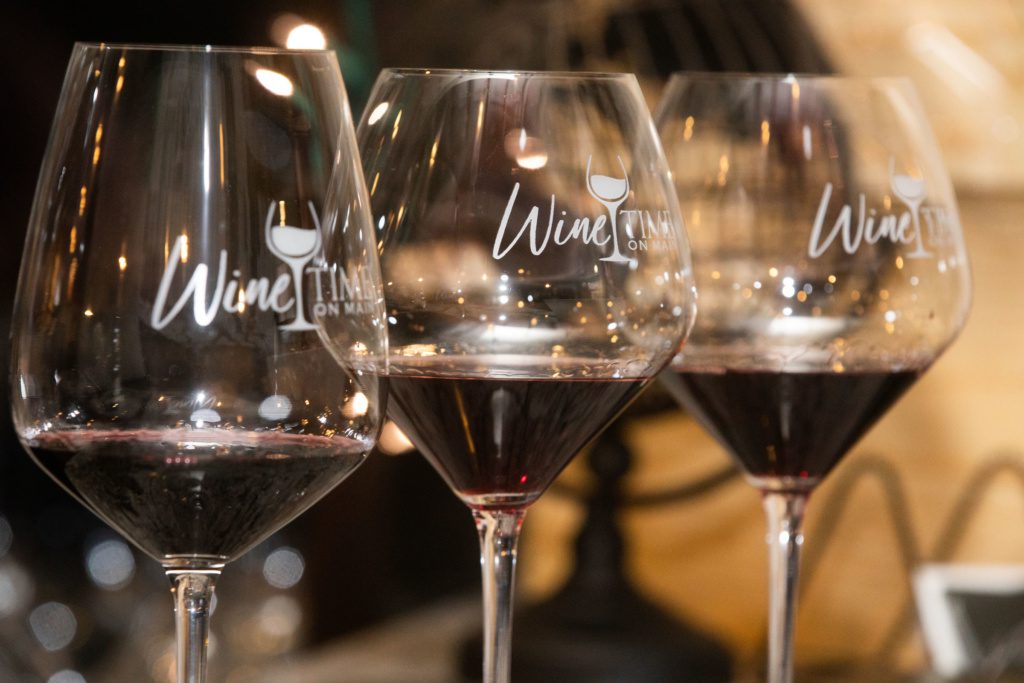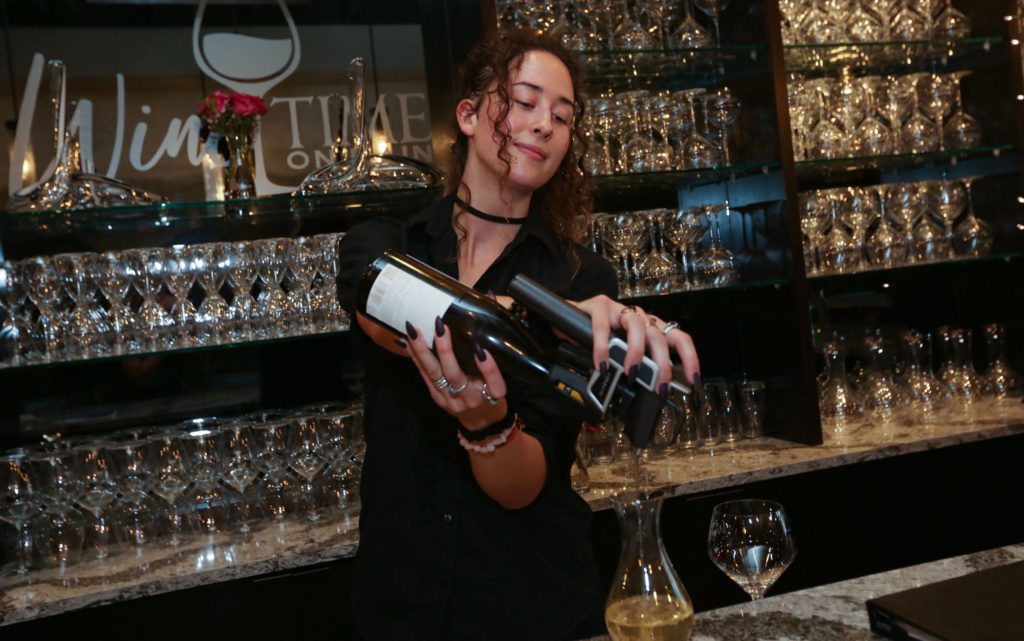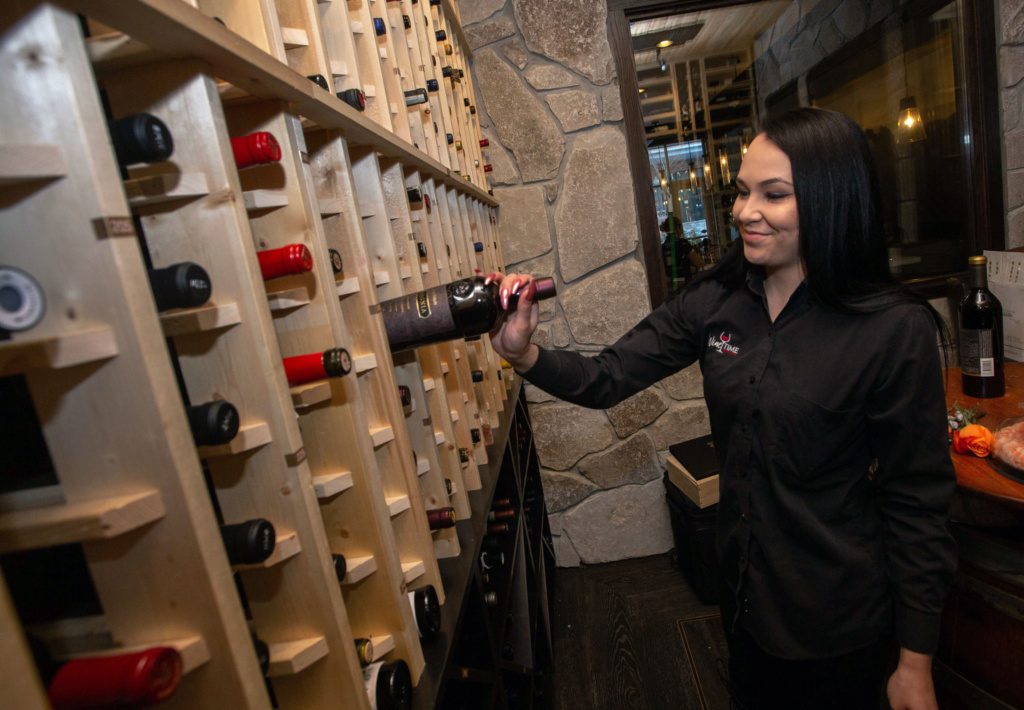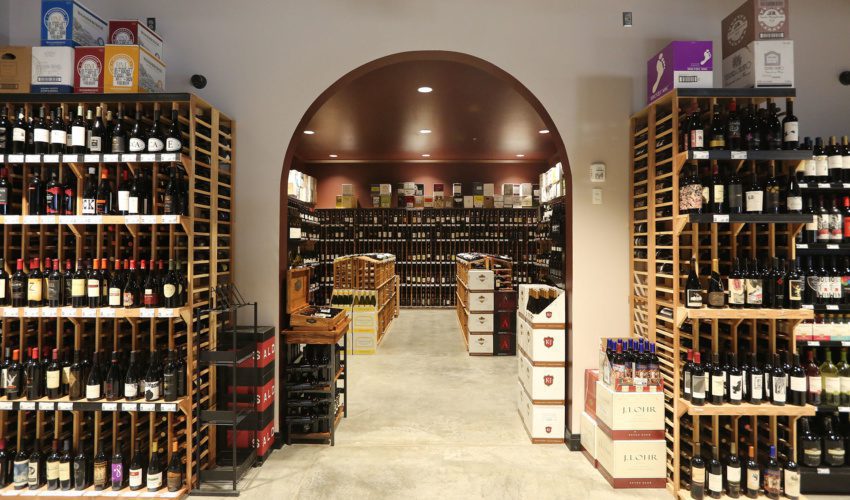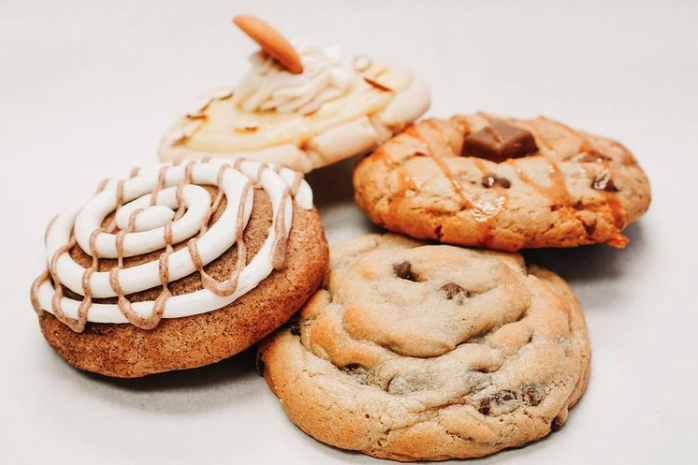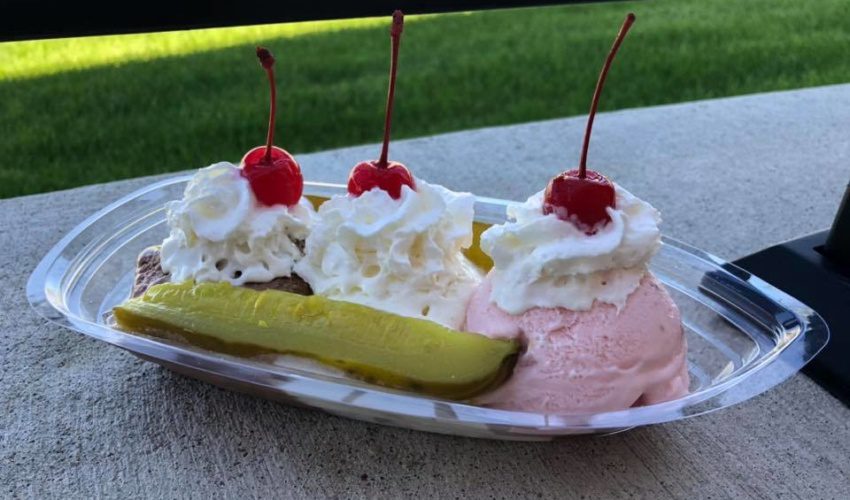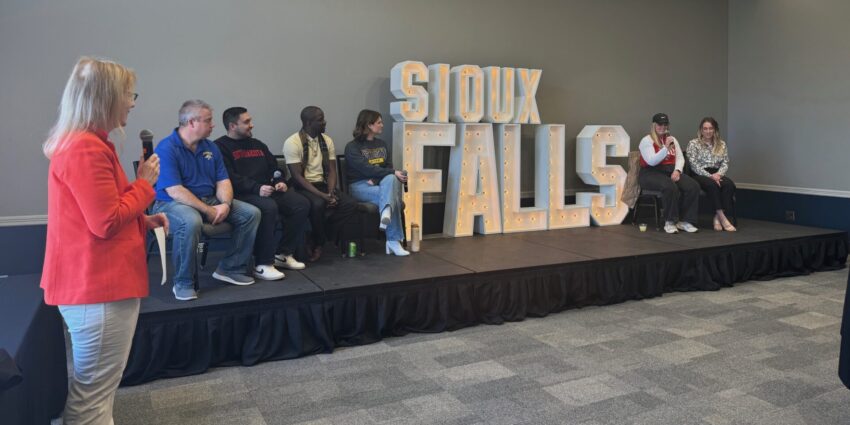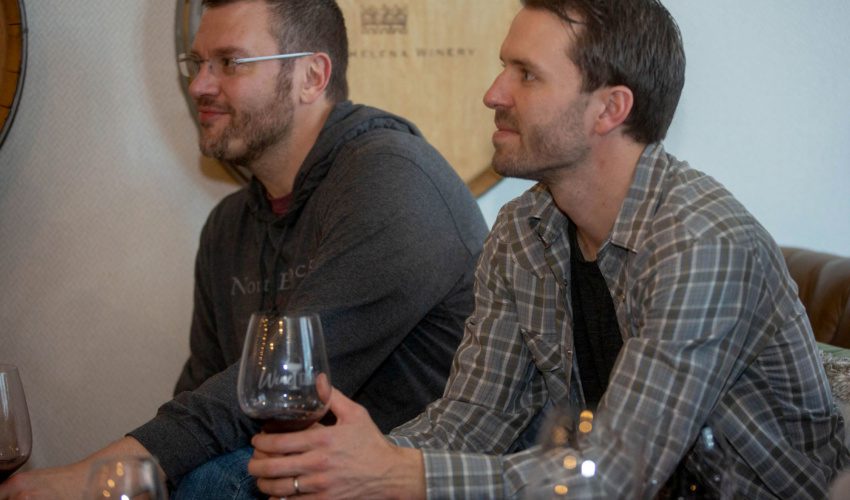No idea how to order wine? This is for you
Jan. 15, 2020
This paid piece is sponsored by Wine Time on Main.
It started as a conversation between Wine Time on Main owner Bob Novak and a group from the Sioux Falls Young Professionals Network, or YPN.
Originally, the idea was to host a networking event in the downtown wine bar, which is across from the Washington Pavilion.
“But the more we started talking, they shared how little many of them know about wine,” Novak said. “They take clients to dinner and get handed the wine list and don’t know what to do.”
On cue, one attendee asked Novak to “pick me a Cabernet. I know nothing about wine.”
It was “a classic example of a young professional who needs some help,” he said.
“So we decided let’s make this an education class and not just about coming to drink a couple glasses of wine, let’s teach how to look at wine menus.”
The class for YPN members will be held at 5:30 p.m. Feb. 3. To learn more and register, click here.
We decided to do a little Wine 101 with Novak in the meantime. Whether you’re technically a “young professional” or not, we think his advice applies.
Decide your budget
Your bottom line should be a starting point in ordering wine, Novak said.
“Be comfortable with a price point, and don’t be afraid to share it,” he said. “Tell your server or bartender what you’d like to spend, and it will help up front. There’s no reason not to be comfortable with it.”
Ask for a sample
Don’t be afraid to try before you buy.
“I tell people don’t be afraid to ask for a sample – 95 percent of places will pour you one,” Novak said. “I’ve never had someone tell me no when I’ve asked for a sample, and we’ve never told anyone no.”
For starters
Are you brand new to wine? You’re probably going to gravitate to something more fruitful – a red Zinfandel or a Riesling or Vouvray in a white.
“From there, you’d probably progress to a Pinot that’s a little lighter,” Novak said. “Most wine is dry, but those that have a perception of fruit up front give the perception of sweetness, so we steer people toward something super fruitful to start. It’s like putting a spoonful of jam in your mouth.”
From there, it’s about honing your palate to appreciate drier wines.
“It’s no different from honing your palate drinking beer, whiskey, rum or scotch. You learn to taste those things. And now it’s about adapting your palate to adapt to the flavors of grapes,” Novak said.
Pairing simplified
A little knowledge goes a long way when it comes to pairing wine with food.
“In general, if you’re ordering something with marbling and fat in it – a rib eye or New York strip – you can do a big bold Cabernet with it,” Novak said. “You don’t want a filet with a big bold Cab. You want a Merlot or even a Pinot Noir, otherwise the wine will overpower the steak. The tannin in a Cab cuts the fat in meat.”
With seafood, “you can do white or a light red. You could do the right Pinot Noir with seafood, definitely Riesling or a Gewürztraminer.”
Save the oaky, buttery-style Chardonnays for cheese or to drink solo, he suggested.
“With a sea bass, you could do a Chardonnay from France versus the buttery style that would overpower it,” he said.
The best advice: Don’t be afraid to ask questions.
“If you’re at a restaurant with a wine list large enough to overwhelm you, they will have someone there to answer your questions and help you select the right wine to pair with your meal,” Novak said.
Flip the script
Don’t feel you have to be pressured to select the wine. Ask your company or client what they like. Just know you won’t be in control of the budget! Or maybe you’ll end up with a dinner companion as nice as Novak.
“If someone is taking me to dinner and hands me the list to pick the wine, I don’t know how they’re comfortable spending. So I’ll order, but I tell the server I’m getting the wine,” he said.
When it arrives
You know that moment when the server presents your bottle, opens it and starts to pour your sample? Does it make you feel awkward? You’re allowed to skip it.
“It’s a mixed message. Most people think they’re testing it to see if they like it or not. Really, you’re testing to see if it’s faulted or not faulted,” Novak said. “And if you don’t think you can pick out a wine fault, just tell the server to go ahead and pour. If it really turns out to be faulted, they will take care of it anyway.”
Toast this
If it’s a special occasion and you’re ordering the bubbly, keep this in mind.
“If you like something sweeter, I would go Prosecco or Cava,” Novak said. “If you like dry, fine bubbles, definitely go champagne. If it says Brut Natural, it’s going to be bone-dry. If it says Brut, it has a little better residual sugar, and if it says Sec, it’s going to be sweet. And if it says Demi Sec, it’s going to be even more sweet. But 80 percent are Brut.”
Taste away
The only way to truly hone your wine preferences is to keep trying more.
And with a menu of nearly 200 options by the glass, Wine Time is the place to go.
“The only way to get to the point where you’re truly comfortable selecting a wine is to taste a lot of wines,” Novak said. “That’s why we get such a good turnout at our Wine 101 events. You can taste several wines in one evening. And our guests come back and say they love what they learned. But the only way to know is to taste.”
To keep up on Wine 101 events in the coming year, visit winetimeonmain.com and join the Wine Time email list.

